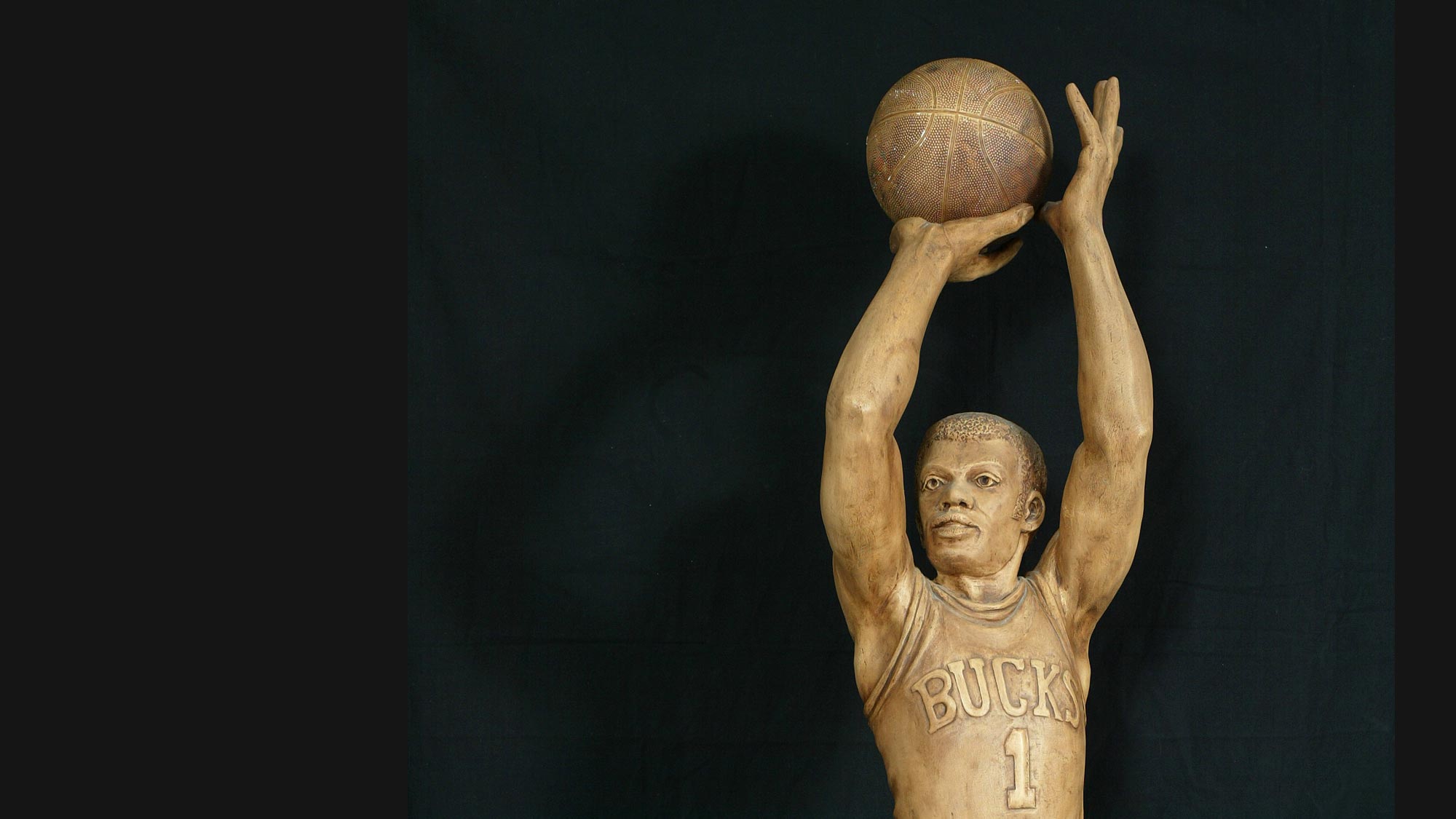
Sports Legend Oscar Robertson Changed the Game on and off the Basketball Court
In 1891, James Naismith was charged with the task of creating an indoor game that would serve as a way to help athletes stay in shape during the brutal New England winters. The new game he created involved two peach baskets, a soccer ball, and 13 rules. On Dec. 21, 1891, “basket ball” was born in Springfield, Massachusetts.
The game quickly took root in Indiana. And its popularity grew around the state. Naismith once declared the Hoosier State to be “the center of the sport.”
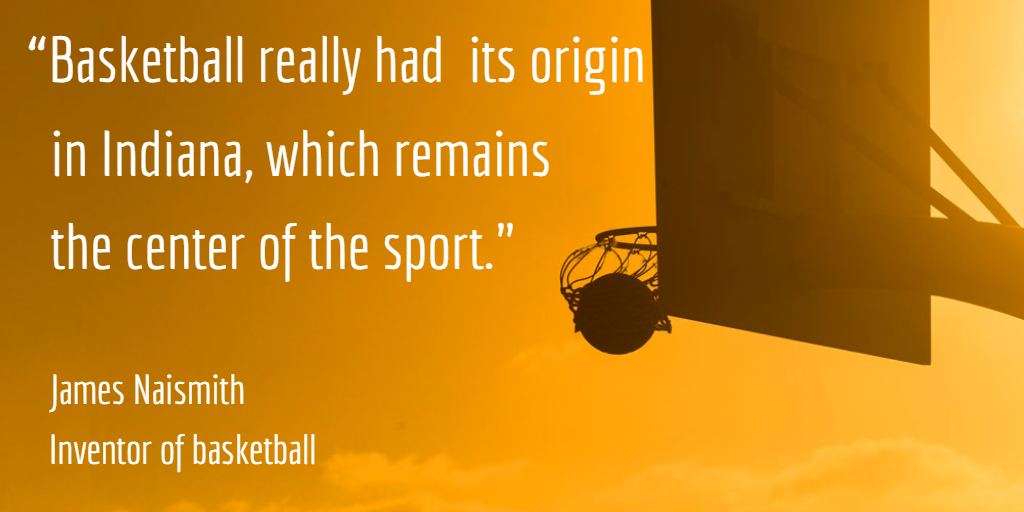
That’s some pretty high praise from the game’s creator.
More than 130 years after its invention, many Indiana residents continue to beam with pride about the impact our fair state known for cornfields and motorsports has had on basketball. We say things like:
“In 49 states, it’s just basketball, but this is Indiana.”
and
“We grow basketball here.”
While there are many examples of Hoosier hardwood greats, one player rises above them all—Oscar Robertson. Oscar changed the game on the court. He also helped revolutionize society in the United States.
.
Oscar was born Charlotte, Tennessee, in 1938. He was very young when he moved with his family to Indianapolis. He spent his formative years growing up in a segregated neighborhood on the Circle City’s near west side. It’s said that he would take tennis balls or rags bound with rubber bands and toss them into a peach basket behind his family’s home. That’s how he learned how to shoot a basketball.
Changing the game in high school
Oscar played basketball for Crispus Attucks High School, an all-Black school in Indianapolis. The team was good. Very good. But things weren’t always easy for this amazing team.
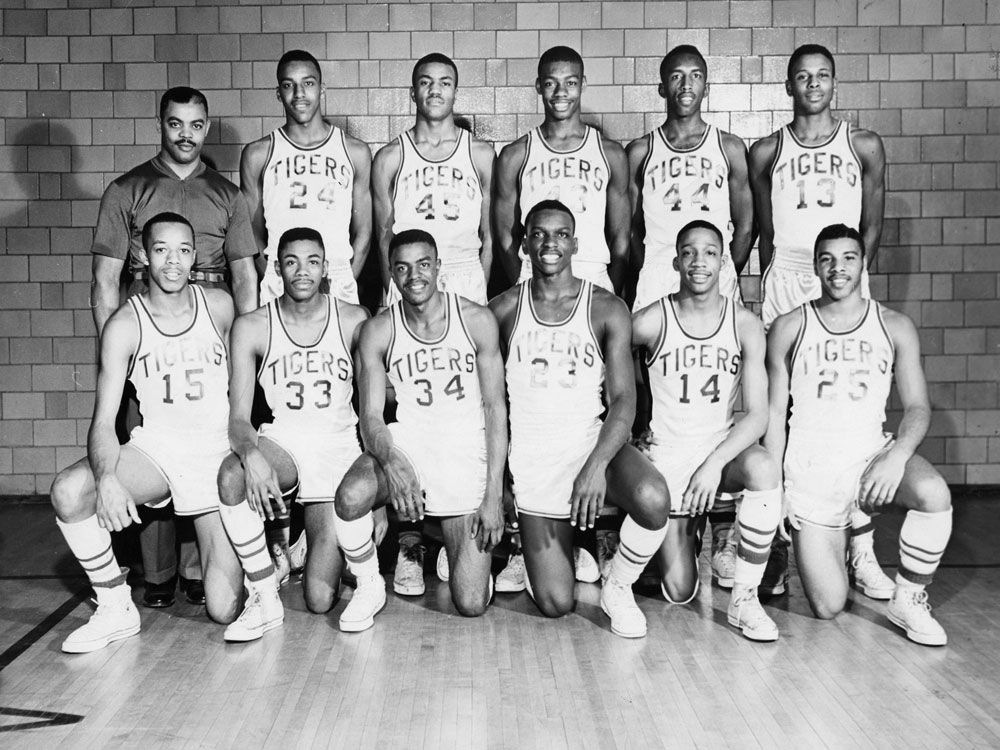
WILLIAM PALMER/INDIANAPOLIS NEWS, INDIANA HISTORICAL SOCIETY
Although Indiana had officially ended the racial segregation of public schools in 1949, many continued to practice separating people based on the color of their skin. Many of the schools in Indianapolis wouldn’t play against an all-Black team. The Crispus Attucks Tigers had to play most of their games in small towns outside of the city.
Looking for more information about the segregated climate of the 1950s? The Museum Store has many age-appropriate resources. Schedule a virtual shopping experience to find out more!
Despite the impossible barriers they encountered, the Oscar Robertson-led Tigers took the high school basketball world by storm. When he was a sophomore in 1954, his Tigers made it to semistate in the Indiana basketball tournament, losing to eventual state champion Milan High School. The rest of Oscar’s high school basketball career is stuff of legend.
In the midst of incredible racial strife, Oscar and the Tigers became a team of firsts. In 1955, they became the first team from Indianapolis to win the state basketball championship. They were also the first all-Black team in the entire nation to win their state’s tournament. But they didn’t stop there. In Oscar’s senior season, the Tigers did not lose a game. They were the first team in Indiana to finish undefeated .They were also the first team in Indiana to repeat as basketball tournament champions. Oscar Robertson was named Indiana Mr. Basketball in 1956.

Oscar Robertson and the Crispus Attucks High School Tigers shattered racial barriers in the 1950s. Their story is included in the Ruby Bridges area of our permanent exhibit called The Power of Children: Making a Difference®. When you visit, you’ll be able to see some memorabilia from the Tigers’ historic run, including a cheerleader sweater and a seat cushion. There’s also a sculpture in Oscar’s likeness that was created by John Spaulding.

Oscar wasn’t done. He'd only begun to bust barriers.
Changing the game in college
Robertson was the first Black player to join the University of Cincinnati. During each of his three varsity years, Robertson won the national scoring title, was named to the All-American First Team, and was the College Player of the Year. He established many school, conference, and NCAA scoring records.He led the Bearcats to two Final Four appearances.
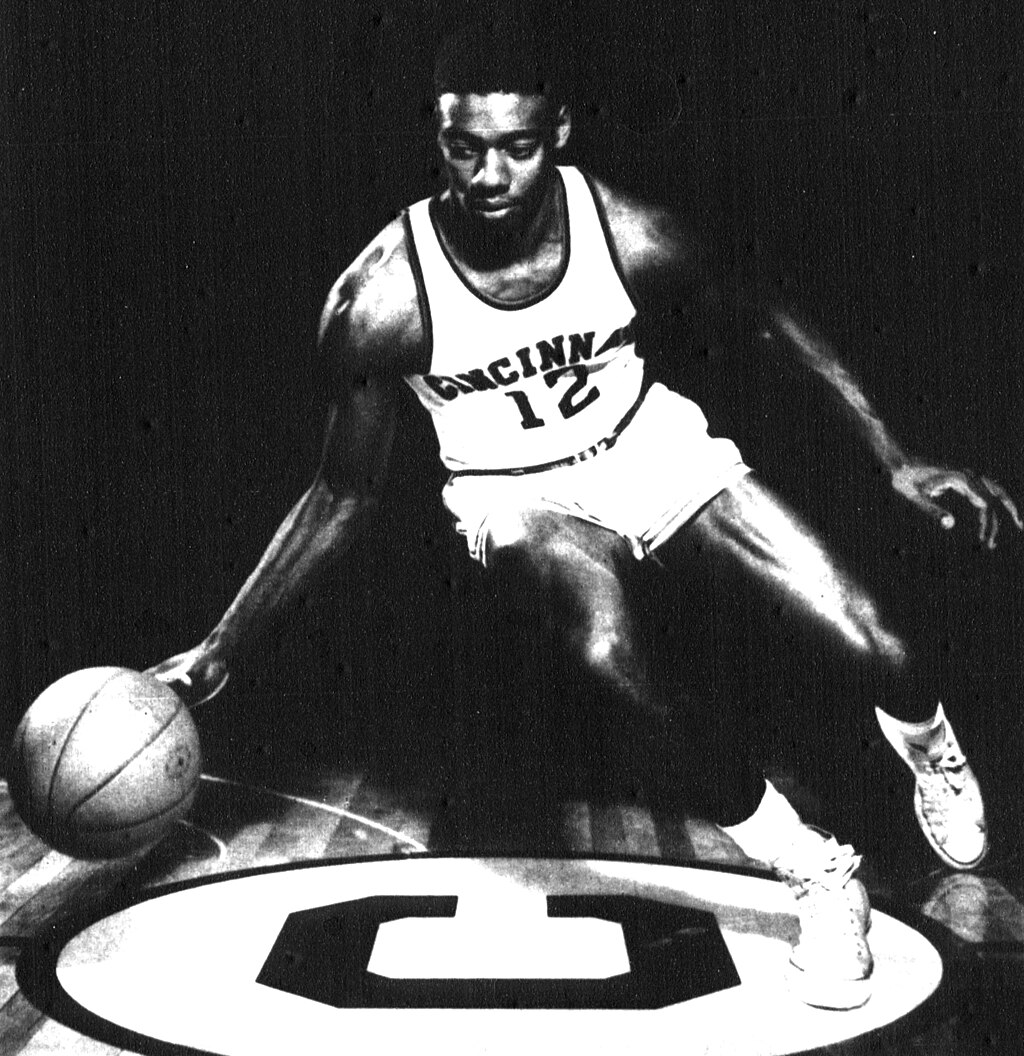
Minneapolis Spokesman, Public domain, via Wikimedia Commons
He had such an impact on the college game that the US Basketball Writers Association has named their men’s college basketball player of the year award the Oscar Robertson Trophy.
But Oscar was just getting started.
World domination
Before the 1996 Dream Team that included players like Larry Bird, Michael Jordan, and Magic Johnson, there was the 1960 U.S. men’s basketball team that played in Rome, Italy. Oscar led Team USA with an average 17.3 points per game during the Olympics in Rome, Italy. They dominated the competition.
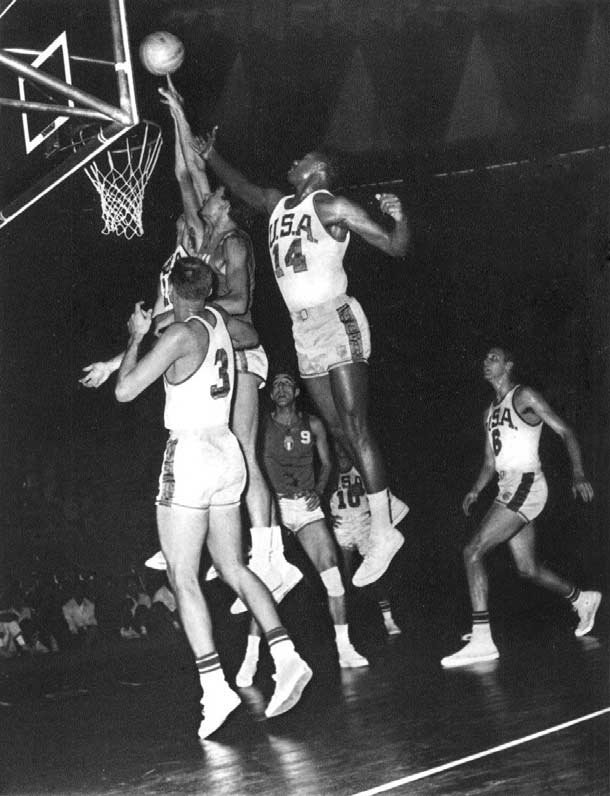
See page for author, Public domain, via Wikimedia Commons
We don’t use that word lightly.
They were a dominant force.
The 1960 U.S. men’s basketball team scored an average of 101.9 points per game and held their opponent to 59.5 points per game throughout the tournament. They won by an average of more than 42 points per game! They won the gold medal with ease.
Many consider this team to be the greatest amateur basketball team to ever be assembled. This team was so special that it is one of only 10 teams to have been inducted into the Naismith Memorial Basketball Hall of Fame as a unit.
And Oscar kept going.
Changing the game in professional basketball
Oscar began his professional basketball career with the Cincinnati Royals, where he won Rookie of the Year. He was eventually traded to Milwaukee. He helped the Bucks win their first NBA title. During his career, Oscar was named to the All-Star team 12 times and was an 11-time member of the All-NBA Team.
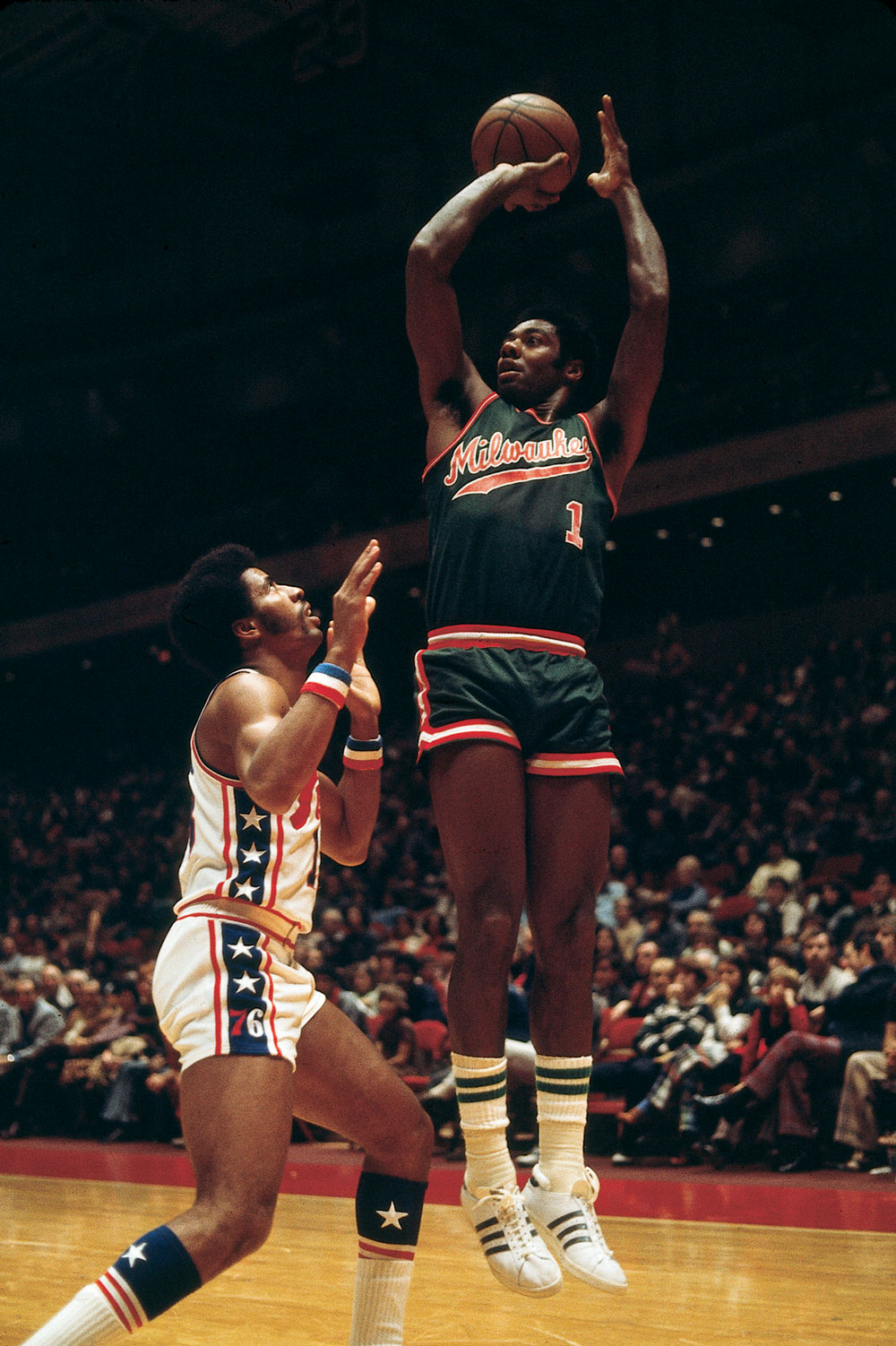
Photo courtesy of Milwaukee Bucks.
He was awarded the NBA Lifetime Achievement Award in 2018.
Changing the game off the basketball court
Oscar was practically unstoppable on the basketball court. And he changed the game in the process. He also changed the game of basketball off the hardwood—in a court of law. As president of the Players Association, he led a class action antitrust lawsuit against the NBA. The two sides ultimately settled out of court and the Oscar Robertson Rule was established. Thanks to this rule, NBA players were the first professional athletes to become free agents. This forever changed the balance of power in professional sports and led to a new era of expansion, growth and prosperity that continues in professional sports today.
Oscar Robertson is a Sports Legend
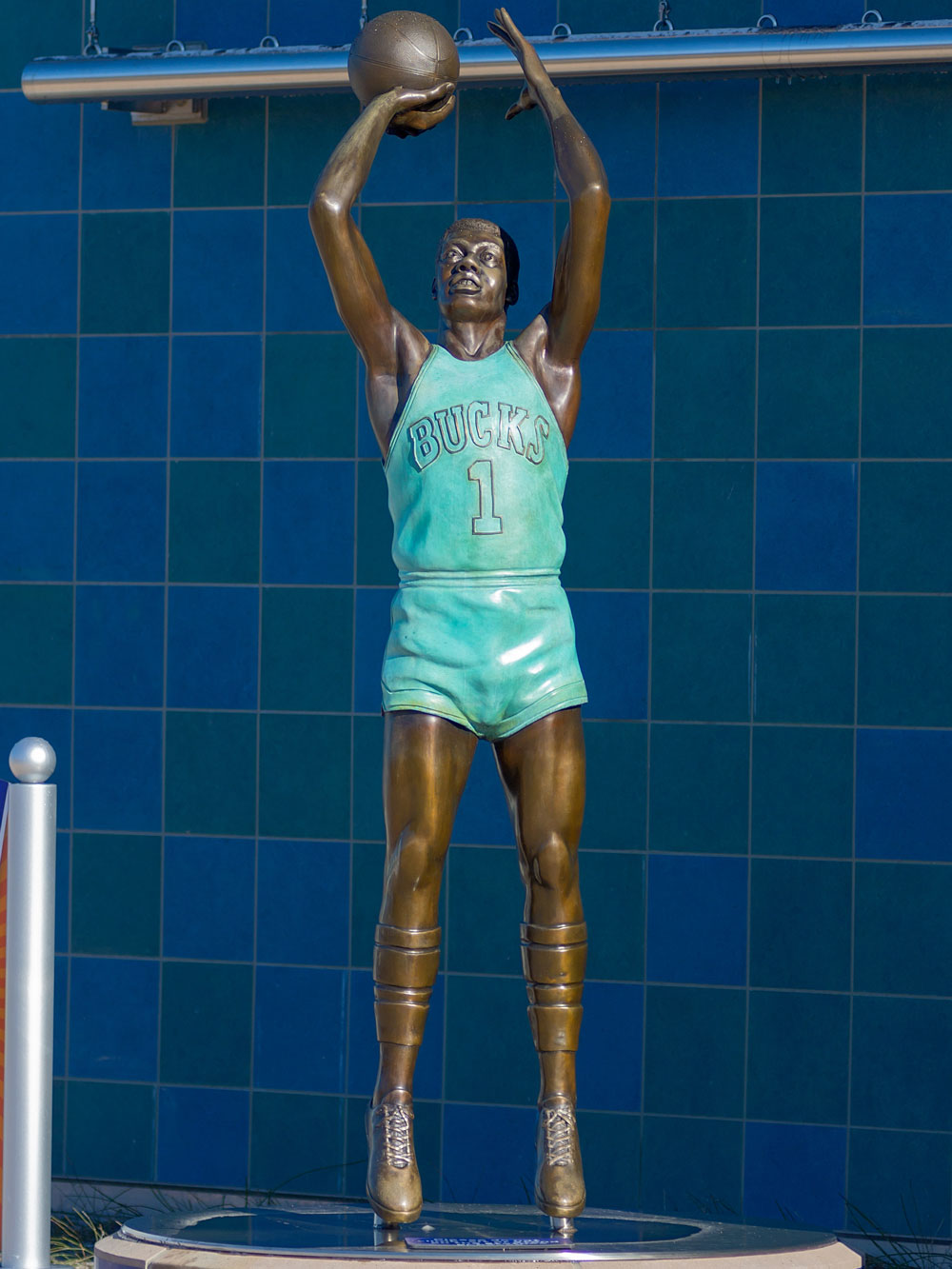
We believe Oscar Robertson is a game-changer who should be celebrated for his impact on and off the court. In addition to the statue inside The Power of Children®, Oscar is one of the first statues you encounter in the Old National Bank Avenue of Champions. You can when you walk along this tribute to sports heroes with Indiana connections when you visit our outdoor sports wonderland—the Riley Children’s Health Sports Legends Experience® during its open season.
Our indoor exhibits—including The Power of Children®—and our outdoor sports wonderland are all included in one admission price. Buy your tickets in advance and save up to 20% off regular admission price!









